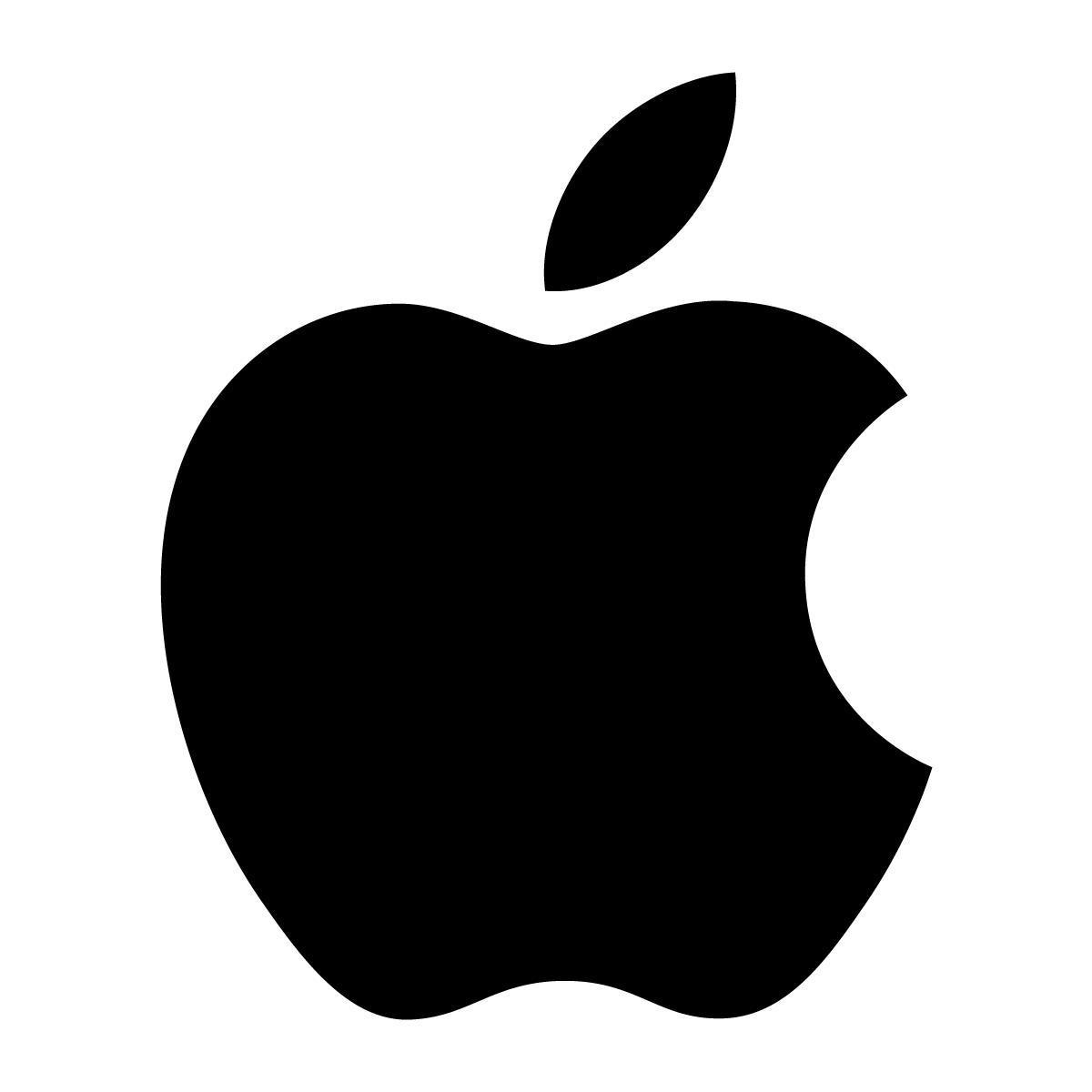As a response to the COVID-19 pandemic digital contact tracing has been proposed as a tool to support the health authorities in their quest to determine who has been in close and sustained contact with a person infected by the coronavirus. In April 2020 Google and Apple released the Google Apple Exposure Notification (GAEN) framework, as a decentralised and more privacy friendly platform for contact tracing. The GAEN framework implements exposure notification mostly at the operating system layer, instead of fully at the app(lication) layer. In this paper we study the consequences of this approach. We argue that this creates a dormant functionality for mass surveillance at the operating system layer. We show how it does not technically prevent the health authorities from implementing a purely centralised form of contact tracing (even though that is the stated aim). We highlight that GAEN allows Google and Apple to dictate how contact tracing is (or rather isn't) implemented in practice by health authorities, and how it introduces the risk of function creep.
翻译:作为对COVID-19大流行数字接触追踪的回应,已提议将GAEN框架作为支持卫生当局努力确定谁一直与受冠状病毒感染的人保持密切和持续接触的工具。2020年4月,谷歌和苹果公司发布了谷歌苹果接触通知(GAEN)框架,作为分散和更加隐私友好的联系追踪平台。GAEN框架主要在操作系统层而不是在应用(许可)层实施接触通知。我们在本文件中研究了这一方法的后果。我们争辩说,这为操作系统层的大规模监视创造了休眠功能。我们从技术上讲,它并没有阻止卫生当局实施纯粹集中的接触追踪形式(尽管这是既定目标 ) 。我们强调,GAEN允许谷歌和苹果公司指示卫生当局在实践中如何(或实际上)实施接触追踪,以及如何引入功能爬子的风险。




